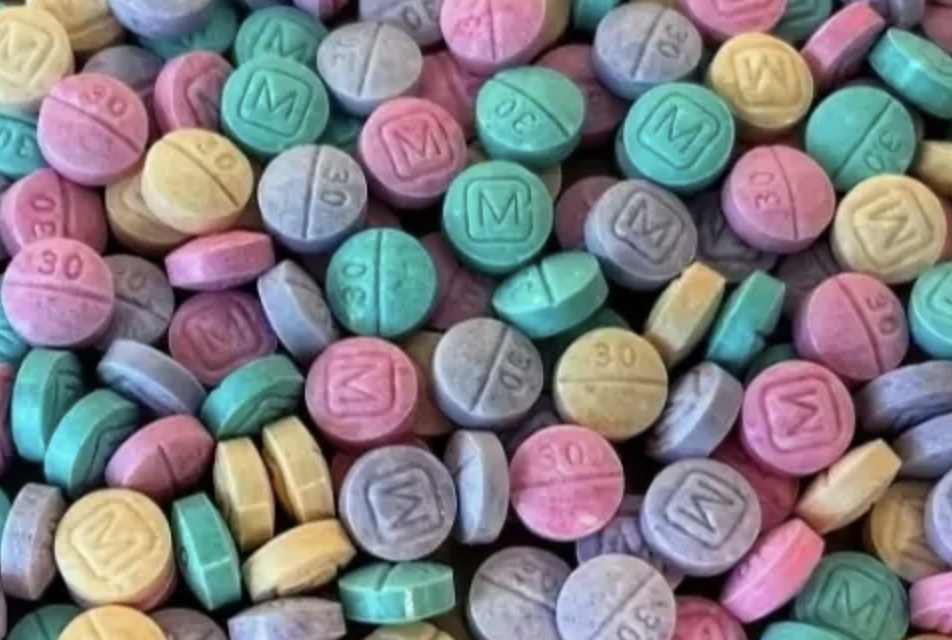What Experts Say You Shouldn’t Worry About When Your Kids Go Trick-or-Treating on Halloween
The US Drug Enforcement Administration is telling parents that they should be concerned about rainbow fentanyl being given to kids who go trick-or-treating on Halloween.
This article is more than 2 years old
The U.S Drug Enforcement Administration has been warning people about the threat of rainbow fentanyl ahead of Halloween. The bright-colored pills allegedly designed to hook children, in a new marketing scheme by Mexican drug cartels and street dealers, have been spotted in almost two dozen states. But some experts say the fatal drug will not be a threat to kids enjoying the spooky holiday.
Speaking about rainbow fentanyl to NBC News, DEA Administrator Anne Milgram said the pills look like candy. And that some drug traffickers have nicknamed it “Sweet Tarts, Skittles.” While the DEA alert didn’t mention Halloween, fears about the illegal product and the holiday went viral. But when Fox News asked Milgram if parents should worry about candy gathered by kids trick-or-treating, she said there was nothing to be concerned about.
“We have not seen any connection to Halloween,” Milgram told the news outlet. Drug policy experts contacted by NPR also say that there’s no new rainbow fentanyl threat this Halloween. Some are even skeptical of the DEA’s original warning. They don’t believe Mexican drug cartels and street dealers have launched any campaigns targeting children.
“I don’t see any evidence that the DEA has produced that supports that conjecture,” a researcher studying illegal drugs at the University of North Carolina, Nabarun Dasgupta told the publication. Dasgupta, whose lab tests illegally manufactured opioid pills from across the country, says colored pills like the rainbow fentanyl highlighted in the warning are on the streets – but that it’s nothing new.
“We get them almost daily,” he explained. “We see pinks and purples, yellow, green, red, aqua, and fuchsia,” Dasgupta added that most drugs have a pretty wide color palette. So it’s not surprising to see any of those, even though blue is usually the predominant color. Additionally, street drug experts say traffickers use bright colors in products like rainbow fentanyl for reasons that have nothing to do with children.

According to the head of research for addiction think-tank Drug Policy Alliance, Dr. Sheila Vakharia, dealers use colors, stamps, and other markers to distinguish their products from others on the street. In its warning about dealers marketing rainbow fentanyl to young people, the DEA also said they are coloring blocks of the product so that it looks like sidewalk chalk. The agency also issued an alert about the pills being smuggled in boxed of LEGO toys.
That warning included a statement from New York City Police Commissioner Keechant Sewell. “Disguising rainbow fentanyl as candy and concealing it in children’s toys will never hide the fact that it’s a deadly poison that harms our communities, our families, and our city,” he said via NPR. However, the Drug Enforcement Administration alert did acknowledge that the pills appear to have been concealed in the toy box not to attract young people.
It was used as a smuggling tactic meant to deter law enforcement attention. But while there’s no evidence of any extra risk from rainbow fentanyl this Halloween, the Food and Drug Administration does offer a list of safety tips every October. The most important is that kids only accept candy that is commercially wrapped. Parents are also advised to examine sweets for any signs of tampering.





